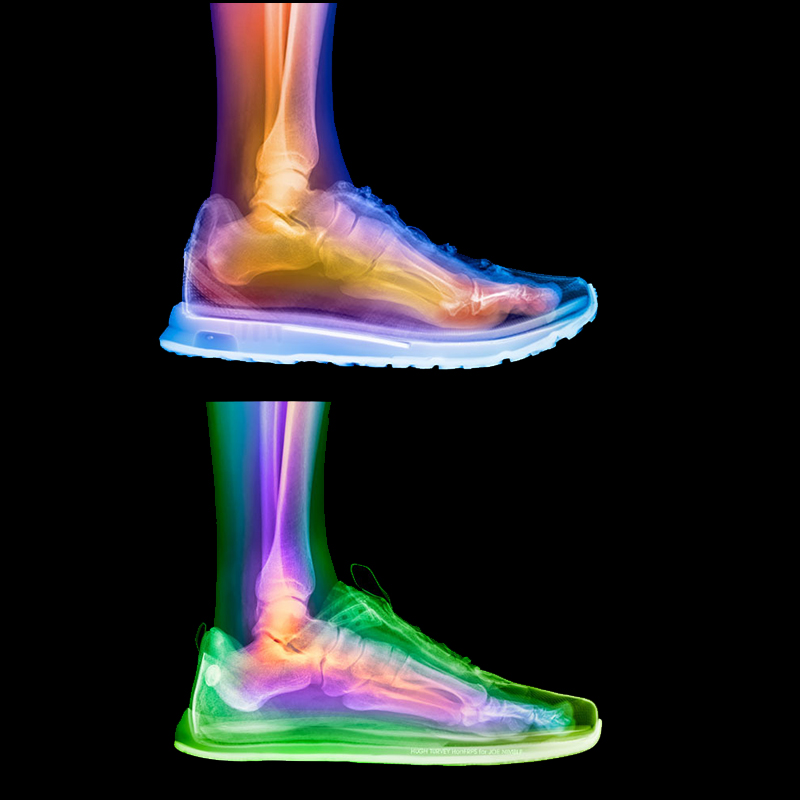In fact, the idea of Nike's chief developer Matt Nurse to install a carbon plate in a running shoe and thus help runners achieve new best times is based on pure physics. At its core, the idea is to waste as little mechanical energy as possible in the drive phase. Previously, one of the world's most respected biomechanics experts, Benno M. Nigg, together with other colleagues, had demonstrated in a study that considerably more energy is absorbed by the metatarsal bones during the propulsion phase than is produced. In contrast, other joints such as the ankle, knee or hip generate more energy than they consume.
Starting here to improve runners' performance makes perfect sense. The stiff carbon plate in the shoe extends the lever in the propulsion phase, prevents the toes from bending upward (dorsiflexion) and thus avoids unnecessary energy loss. The only problem is: every runner is different. In a study, kinesiologists Darren Stefanyshyn and Ciro Fusco concluded that actually every runner needs a different amount of stiffening to achieve personal best times, depending on weight, height and strength. In some runners, the carbon plates even had completely negative effects.

